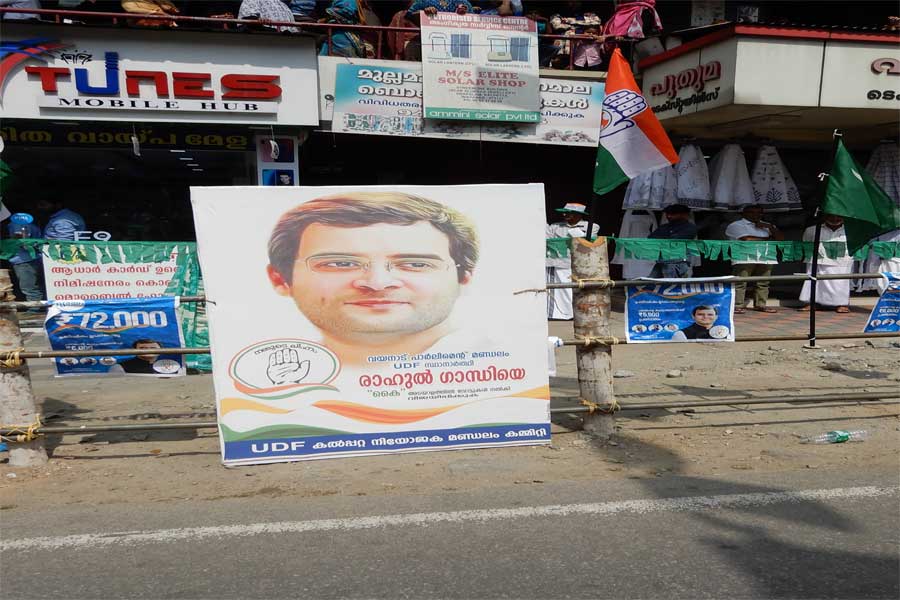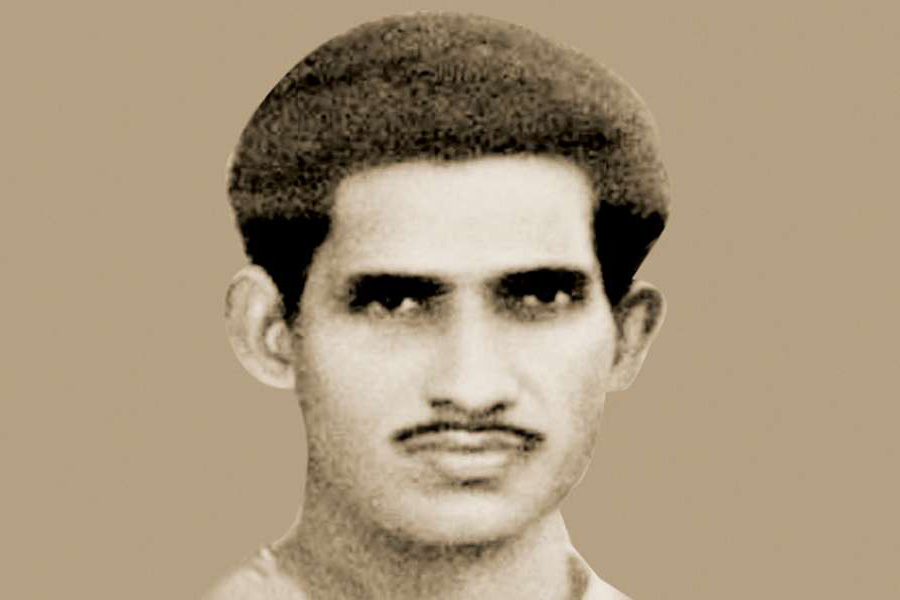
When the Congress president, Rahul Gandhi, decided to pitch his tent in Wayanad as the United Democratic Front (UDF) candidate in the beginning of April, the decision attracted national attention. Despite the media underplaying the RG effect, the clear sweep indicates that Rahul factor was a game changer in Kerala. The Congress-led UDF walked away with 19 of the 20 Lok Sabha seats in the state, even as the Left barely managed to win the Alappuzha seat with a small margin and the BJP drew a blank.
Most constituencies saw intense three-cornered contests amid a do or die battle staged by the BJP. For various reasons and particularly going by the state’s track record in the past Lok Sabha elections, the majority of Kerala’s population seemed to have ultimately voted in favor of peace, stability, communal amity, socio-development factors disregarding the hate spewed by the Right-Wing.
For the emaciated Left parties, Kerala was the bastion that they were desperately clinging on to prove their mettle in the 2019 polls. The Left was on a sticky wicket for Pinarayi Vijayan’s Left Democratic Front (LDF) government had rubbed the Hindu faithful on the wrong side when it tried to enforce women’s entry into the sacred Sabarimala shrine after the Supreme Court verdict in September 2018. The state government’s political moves in the guise of progressive thinking had given an impetus for the Sangh Parivar groups, which were otherwise struggling to get a foothold in the state.
The BJP had smartly cashed in on the resentment of the faithful, mainly upper caste Hindus, against the attempts of the Left government to forcefully implement the SC verdict. As the Sabarimala issue was slowly fading away at the end of the annual pilgrimage season, Prime Minister Narendra Modi himself had upped the ante at the fag end of the poll campaign by branding the Pinarayi Vijayan-government as anti-Hindu. Though it was supposed to have helped the BJP-BDJS (Bharat Dharma Jana Sena) combine, the results indicate it that it benefited only the BJP—that too, marginally.
The Renaissance mantra chanted by Pinarayi Vijayan and the creation of a historical Women’s Wall mostly with the huge participation of backward classes and scheduled castes across the length of the state as a counter to the Sabarimala stir and the powerful upper class Nair Service Society (NSS) had only resulted in a fresh divide in the Hindu community.
Modi had already strategized the Hindu-Muslim division of the electorate through his many statements on the Sabarimala issue but he carefully chose to make these statements outside the state stoking Hindu sentiments and campaign tempers to a new high. At least three Lok Sabha segments-Thiruvananthapuram, Pathanamthitta and Trissur-were tipped to hand out a surcharged impact on this score at the hustings but it did not materialize. However, to the credit of the BJP, these three constituencies increased their vote share. BJP got more than 31 per cent of the vote share in Thiruvananthapuram while in Pathanamthitta and Trissur, it managed more than 28 per cent of the votes.
The Congress-led UDF took on both the Left and right-wing Sangh Parivar forces during the poll campaign. It craftily eyed the immense gains from the minority communities on the one hand and liberal forces in the Hindu fold on the other by toeing the much criticized ‘Soft-Hindutva’ line. This seems to have stemmed the erosion of Hindu votes from their vote bank and proved to be beneficial for the UDF and the Congress. The losers are clearly the Left.
The consolidation of the minority votes for the UDF, as expected, reversed the swing in the Muslim votes from the UDF to the Left Front in 2016. In both the 2014 Lok Sabha and the Assembly elections that followed, the CPI (M) had been able to effectively campaign as the sole savior of the minority communities and garner their support in a big way.
In 2018, the Congress capturing the three Hindi-heartland states of Madhya Pradesh, Rajasthan and Chhattisgarh had buoyed its tattered image and given an impression that it could effectively checkmate the BJP. This has definitely influenced the thought stream and played out in a big way during these elections. The Muslim vote shifted en masse to the UDF leaving the Left in the lurch. The Left parties only managed a consolation win in Alappuzha.
The RaGa factor
One crucial element which lifted the prospects of the UDF was Rahul Gandhi contesting in Wayanad. It quelled the factional infighting in the Kerala state unit. The UDF ally Indian Union Muslim League (IUML) was most enthused, much more than even the rank and file of the Congress. Both Malappuram and Ponnani saw huge gains. E T Mohammed Basheer, who had managed to win with a small margin of 25000 votes in 2014, took the lead to about 2 lakh votes. P K Kunhalikutty too increased the margin from 2017 by-election where he got 1, 71, 038 votes to 2.6 lakhs.
The LDF, which came out with an impressive list of candidates and started campaigning much before the UDF, could not contain the RaGa wave. When the Congress was pilloried by the Left for its past sins in governance, Rahul Gandhi stuck to his stand and promised not to utter a single word against the CPM but confronted the BJP head on. Prime Minister Narendra Modi and BJP President Amit Shah countered it by giving his candidature a communal color.
Rahul Gandhi’s foray into Wayanad with Priyanka Gandhi by his side had brought a sea change in the UDF campaign, mainly in the constituencies in the Malabar region. It also brought a slew of national leaders for campaigning. Both of them struck a chord with voters wherever they campaigned, especially the youth.
The promise of Rahul Gandhi to open a dialogue, if voted to power, with various stake holders on issues like farm sector crisis before framing policies and his repeated assurance that fears whatsoever in the minds of minorities on different counts under the BJP rule would be removed had definitely gone down well. The ‘NYAY’ offer of the Congress had generated hope and trust through the words of the brother and sister. Priyanka repeatedly presented her brother in a different mould, at a personal level, far from how he was characterized by his political opponents.
Rahul’s Wayanad entry is supposed to have impacted the campaign even in faraway Kottayam, a seat contested by ally Kerala Congress (M). Party Supremo K M Mani’s demise took the UDF campaign in this segment to a different level. While touring the state, youths plumping for RaGa and declaring their choice in the open. This could be heard in campaign rallies and in motley crowd discussions, even in urban and rural centers. Even in segments like Mavelikkara (Reserved), Pathanamthitta and Kottayam, although people aired their strong dislike for UDF candidates, including sitting MPs, they too seemed to have decided to vote for Rahul Gandhi. And they did!







